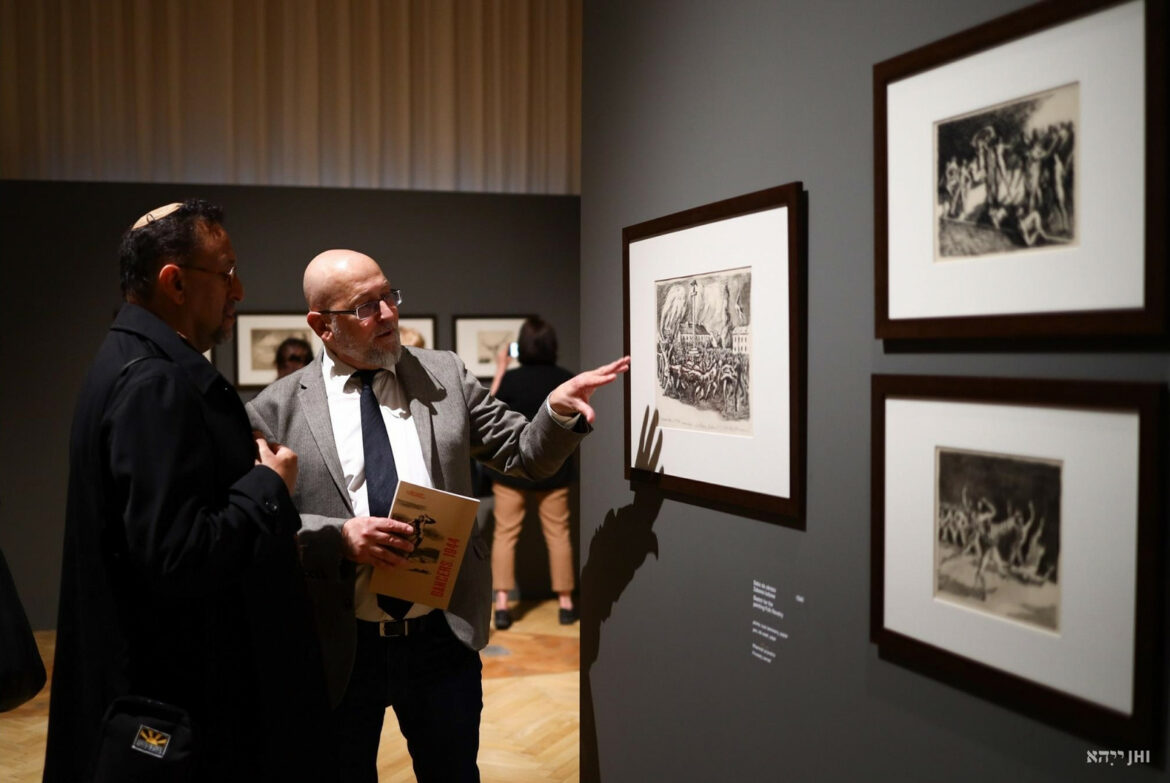The Jewish Historical Institute is launching a new temporary exhibition “Dancers 1944. Mieczysław Wejman”. The organizers are presenting a unique series of graphics by the artist-witness of the Holocaust in the Warsaw Ghetto. The graphics were created at the turn of 1943 and 44 when Wejman was hiding from the Germans.
Over the years, “The Dancers” was interpreted as a universal story about the wartime apocalypse, a more detailed analysis, revealing the unique context of the works’ creation, linking the graphics to the history of occupied Warsaw, the Jewish inhabitants of the ghetto and the victims of the spring 1943 uprising.
“The heroes of the graphics and sketches from the “Dancers” series are defenseless people, participating in a kind of social theater; their status is emphasized by their distinguishing clothes or nudity. These are people who are exposed to onlookers. Thus, on the metaphorical stage there are “others”, the defenseless, and next to them those who “set them in motion” in various ways, as well as those who look at them, more or less indifferently. That is why my reading of The Dancers is unambiguous: Mieczysław Wejman recorded the situation of Jews in Warsaw during the German occupation”, says the exhibition’s curator, Dr Piotr Rypson.
During the occupation, Wejman worked physically as a warehouseman in the vodka and liqueur factory Jamasch under German administration, continued his artistic studies and exhibited his works at underground shows. Shortly before the outbreak of the Warsaw Uprising, the Wejmans, who were expecting a second child, moved to Izabelin near Warsaw, and after the uprising they got to Kraków.
After 1945, Wejman became a recognized artist, as well as an organizer of artistic life and education. He belonged to the group of “9 graphic artists”, in the years 1964-1970 he created the most important cycle in his career, The Cyclist. For over 30 years he was a professor of painting and graphics at the Academy of Fine Arts in Krakow where was also the university rector. He died in Krakow in 1997.
Arkadiusz Słomczyński





